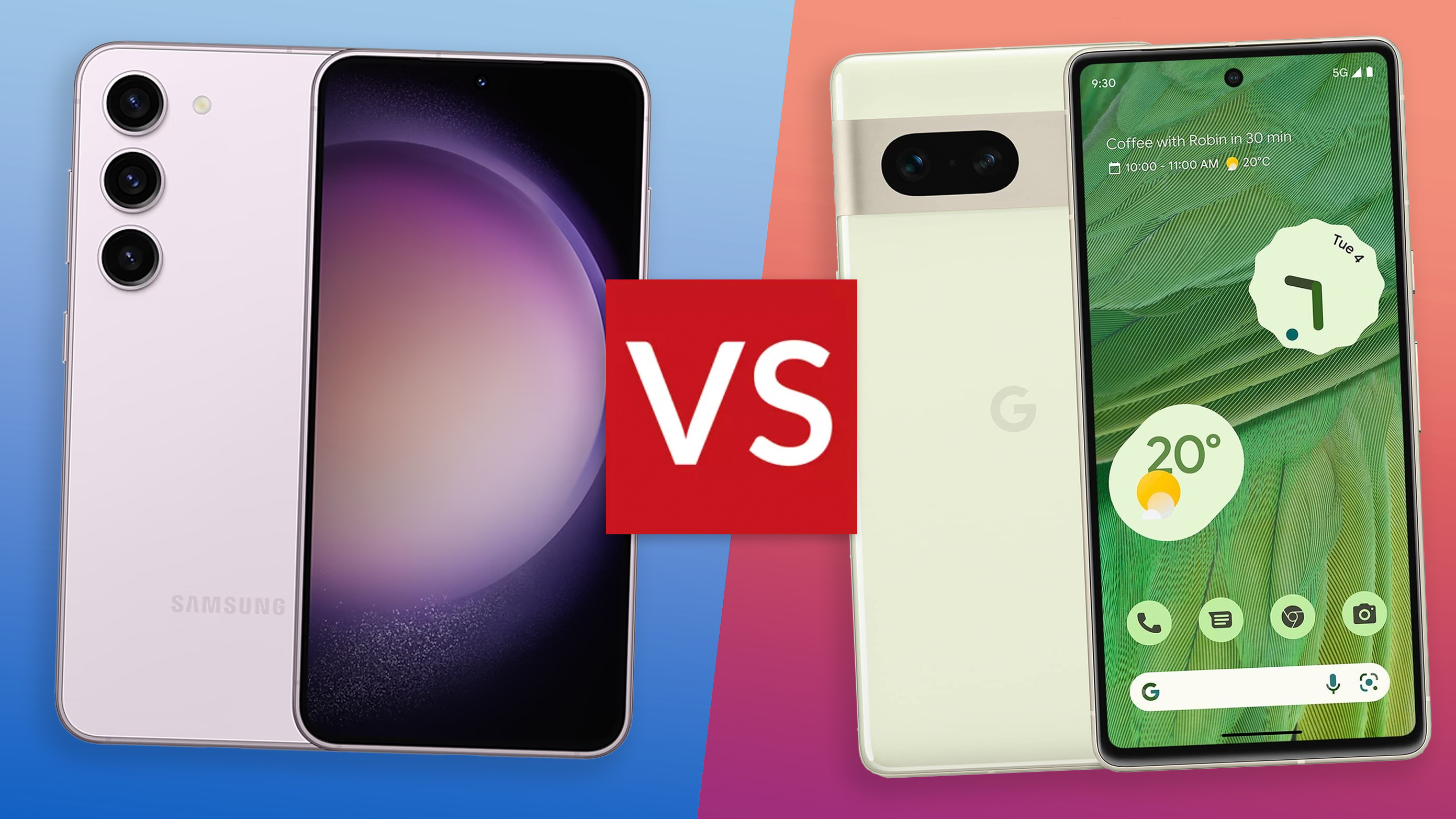

Android lovers have had a lot to talk about in 2023. The launch of the Samsung Galaxy S23 series of smartphones got the ball rolling at the beginning of the year with a super impressive flagship at the top of the range, the Samsung Galaxy S23 Ultra, followed by the Samsung Galaxy S23+ and last but not least, the Samsung Galaxy S23 which is the smallest and cheapest of the three.
More recently, Google’s unveiling of the Google Pixel 8 Pro and the Google Pixel 8 has been a hot topic in the tech-sphere, largely thanks to the cool new features introduced in these handsets. There's plenty of AI-enhanced new features and, in the Pixel 8, a new size format and bigger battery than in the Pixel 7 predecessor.
What both lineups prove is that while it's nice to spend loads on a big all-singing and all-dancing smartphone, you don't necessarily need to – because both Samsung and Google offer a more affordable pocket-friendly handset. The Samsung Galaxy S23 and the Google Pixel 8 are two of the best Android phones you can buy right now, but which one is right for you?
Price
The Google Pixel 8 is available now and will set you back £699/$699/AU$1199 for the handset with 128GB of storage.
The Samsung Galaxy S23 is available to buy now, and while it cost a fair amount more at launch – £849/$799/AU$1,349 for the model with 128GB of storage – that pricing has naturally come down to more competitive levels now, if you shop around.
Design & Display
- Samsung Galaxy S23: 146.3 x 70.9 x 7.6mm / 168g
- Google Pixel 8: 150.5 x 70.8 x 8.9mm / 187g
- Samsung Galaxy S23: 6.1in OLED, 1080 x 2340 pixels, 120Hz refresh, 1750 nits
- Google Pixel 8: 6.2in OLED, 1080 x 2400 pixels, 120Hz refresh, 2000 nits
Google and Samsung have taken slightly different approaches to the look of their smaller smartphones – although both look relatively soft thanks to a curved design with rounded corners.
The Google Pixel 8 contrasts those curves with a metallic strip across the back of the phone to house its camera lenses, whereas Samsung has opted for individual framed lenses on the back of its phone.
Sign up to the T3 newsletter for smarter living straight to your inbox
Get all the latest news, reviews, deals and buying guides on gorgeous tech, home and active products from the T3 experts
Both S23 and Pixel 8 feature flat screens, though, just to be clear.
If you are clumsy then it’s worth knowing that you’ll get IP68 water and dust resistance on both devices. Plus you’ll find sturdy Gorilla Glass Victus on the back of both along with a metallic aluminium frame – Samsung’s is Armor Aluminium to be more specific.
What’s great about these handsets is their size because not everyone wants or needs a giant phone. If you’re after something as small as possible then Samsung comes out on top, although most will be happy with the size of the Pixel as well.
Finally, the overly-sophisticated phone era has come to an end, because in both cases you can pick up the handset in a number of fun colours as well as the usual black. The Pixel 8 comes in Rose (pink), Hazel (green) and Obsidian (black). Samsung manages to trump that with its colourways which include Cream, Green, Lavender (pink), Graphite (grey) and Lime (green), as well as Phantom Black.
Moving on to the display, the Google Pixel 8 has a 6.2-inch Actua OLED display, which is its brightest screen yet (at up to 2,000nits peak brightness). The Galaxy S23 isn't quite as impressive but the difference is unlikely to be noticeable to most people: it’s a little smaller at 6.1-inches, delivering 1750 nits at peak brightness.
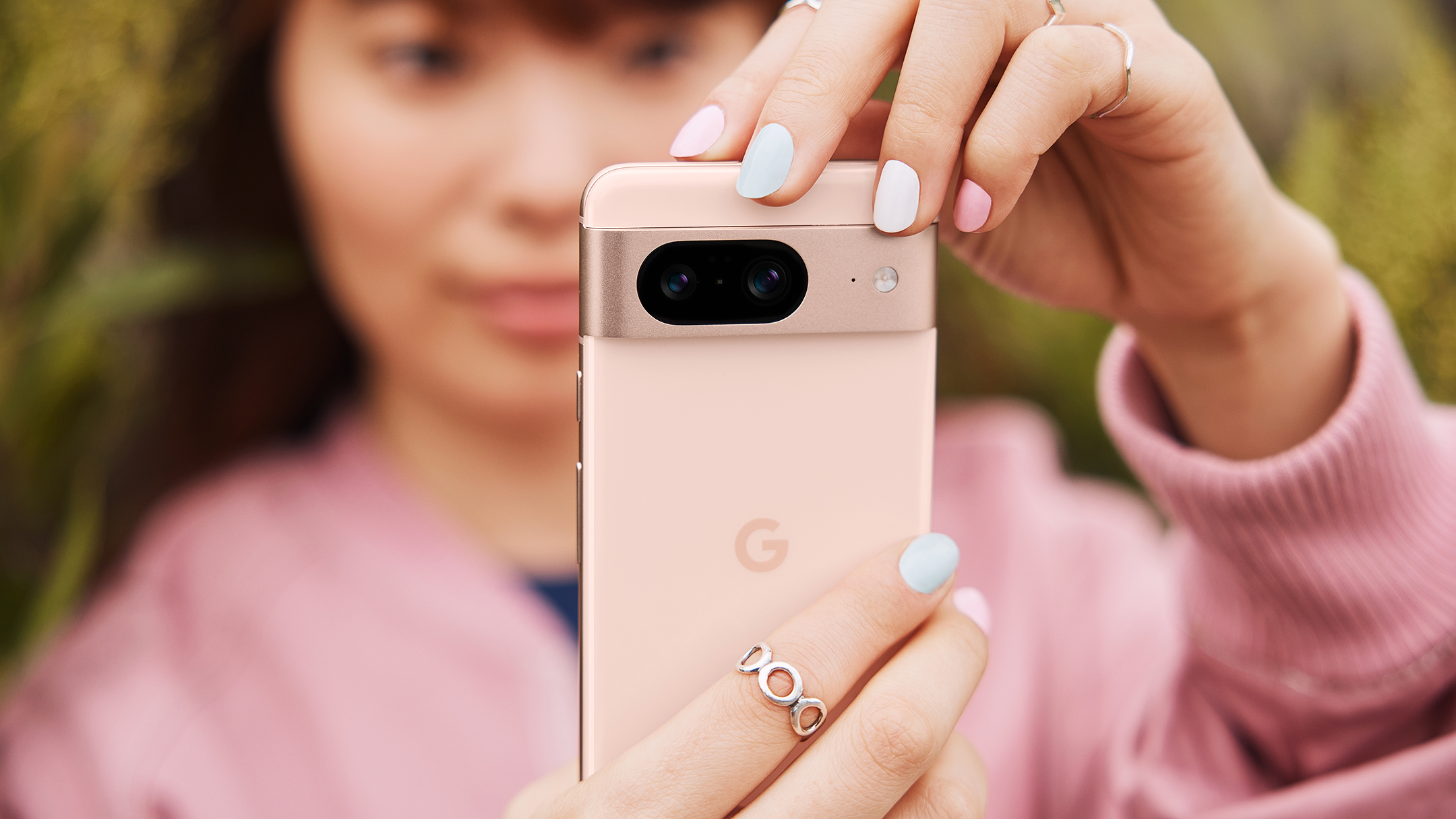
Camera
- Samsung Galaxy S23: Main (50MP, f/1.8), Wide (12MP, f/2.2), 3x zoom (10MP, f/2.4)
- Google Pixel 8: Main (50MP, f/1.7), Wide (12MP, f/2.2)
The camera system is where these two devices really differ because Google focuses its efforts heavily on its array of unique camera features.
Before getting into that, though, let's run through the specs. The Google Pixel 8 has a 50-megapixel Octa PD wide camera (with super-wide f/1.7 aperture and optical stabilisation (OIS)) plus a 12MP ultrawide camera (f/2.2) with macro focus on the rear as well as a 10.5MP (ƒ/2.2) selfie camera on the front.
The Samsung Galaxy S23 comes with a 50MP main lens (f/1.8, OIS), a 10MP telephoto lens (f/2.4, OIS) and a 12MP ultrawide camera (f/2.2), as well as a 12MP (f/2.2) selfie snapper. The addition of the telephoto lens will allow for 3x optical zoom which you won’t get using the Pixel.
Video recording on the Pixel can be done in 4K at 30 or 60fps, while the S23 has 8K recording at 24 or 30fps, and 4K recording at 30 or 60fps.
In T3's Samsung Galaxy S23 review, we described it as ‘an excellent camera phone’ saying that the ‘50-megapixel main sensor on offer here is perfectly adept at delivering detail in all manner of conditions’. It’s far from being the best smartphone camera in the world, but the Galaxy S23 certainly holds its own.
The Google Pixel 8's AI camera features set it apart from other phones, allowing you to take the perfect shot even without the perfect scene in front of you. The new Magic Editor lets you reposition and resize objects in your image to better capture the moment and show more of the background behind it. The Magic Eraser lets you delete photo-bombers from the final shot. Night Sight takes high-quality snaps in dark conditions. Best Take is a new feature that blends images together so you get everyone looking their best in one photo. Real tone more accurately and authentically captures skin tone in pictures. The list goes on!
Samsung has a few features worth talking about like Night portrait, Night Selfie, Night video, Night Selfie Video and Expert RAW photos, but the impression is that Google takes the crown when it comes to AI-assisted features on the cameras front – even without the inclusion of that separate optical zoom lens!
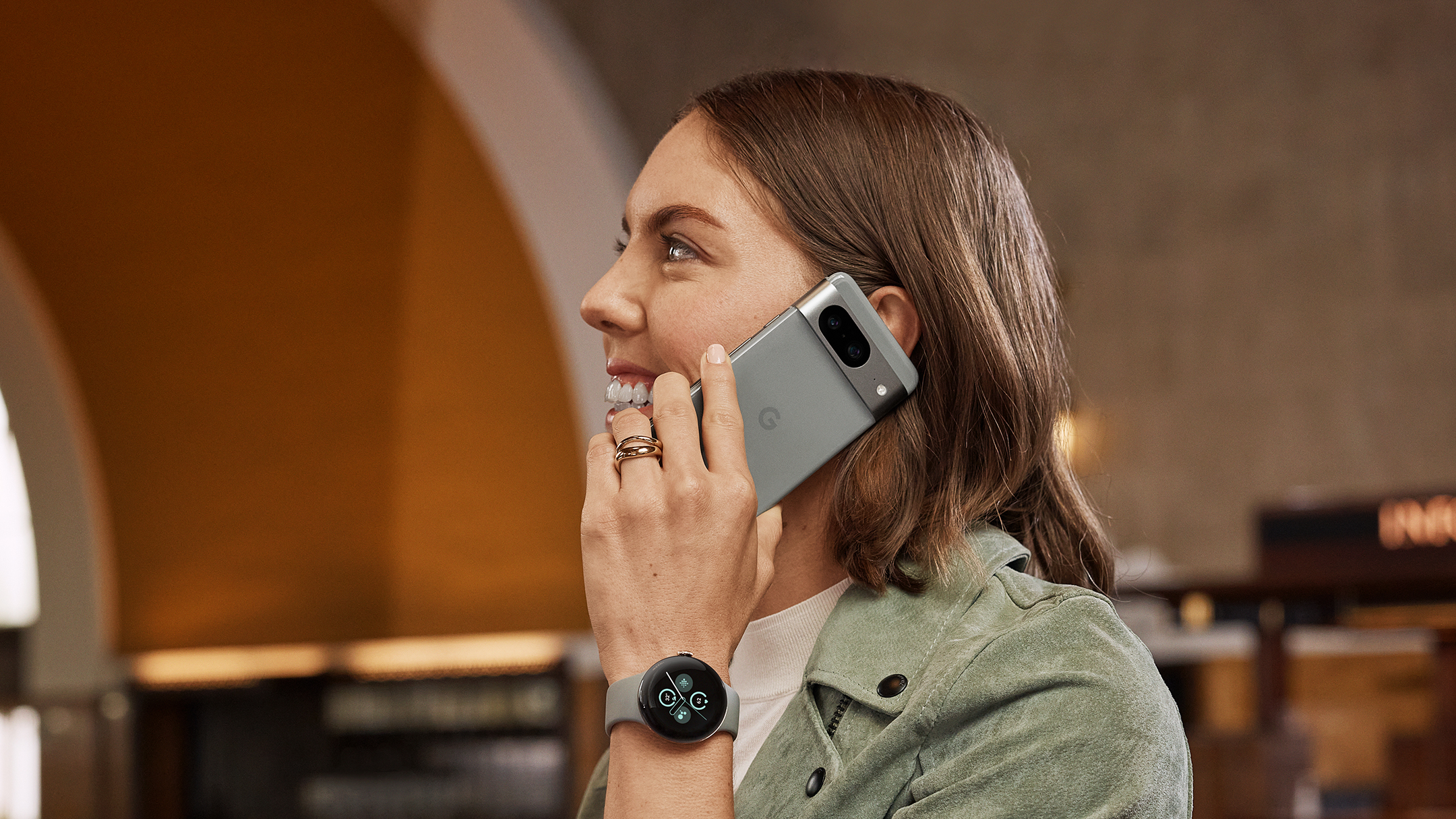
Hardware & Battery
- Samsung Galaxy S23: Qualcomm Snapdragon 8 Gen 2, 8GB RAM
- Google Pixel 8: Google Tensor G3, 8GB RAM
- Samsung Galaxy S23: 3900mAh battery, 25W wired charging
- Google Pixel 8: 4575mAh battery, 27W wired charging
What allows the Pixel 8 to work its AI magic is the Google Tensor G3 chipset, made by Google specifically for that purpose. Alongside that, the Pixel 8 has 8GB of RAM and a choice of either 128GB or 256GB of internal memory.
Samsung, on the other hand, uses a seriously speedy Qualcomm Snapdragon 8 Gen 2 processor with 8GB of RAM and a choice of 128GB, 256GB or 512GB of storage.
The hardware under the hood means that both handsets should run quickly and smoothly across most tasks. Google's innards will perform its AI tasks with no problem at all, but if you’re a gamer, Samsung's smartphone will be the better choice for extended periods of play.
However, battery life is undoubtedly an important factor – and this is where the Google Pixel really ups its game. There's a 4,575mAh cell inside, which Google claims will last beyond 24 hours, or up to 74 hours with the Extreme Battery Saver feature. The Galaxy S23, however, only has a 3,900mAh cell, so will likely last less time but can still get you through the working day.
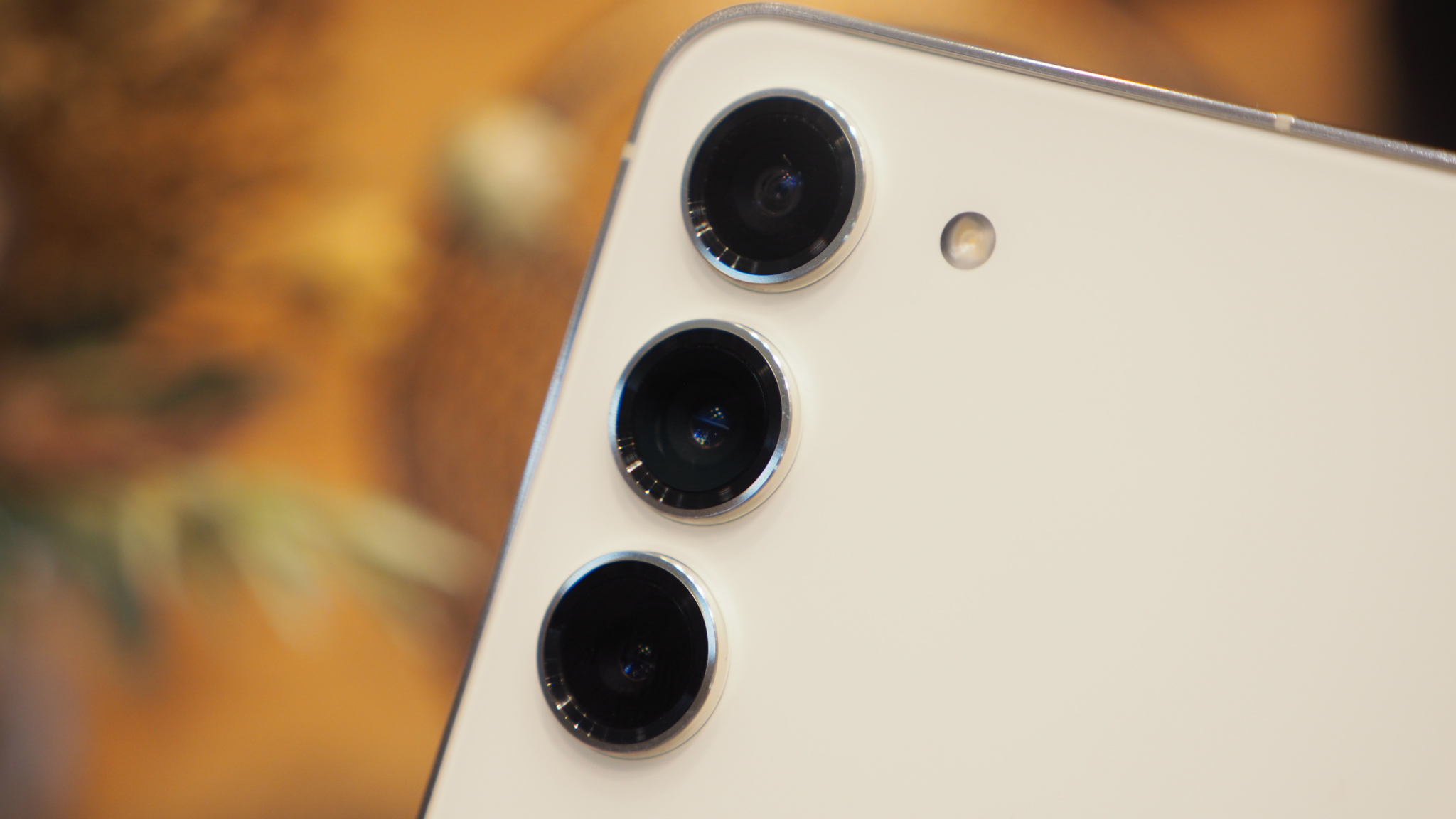
Software
The Google Pixel 8 is the first phone in the world to come with Android 14, and the Samsung Galaxy S23 will have it soon too. Each does it differently though – Google runs a pure version of Android, and Samsung has Samsung's One UI 5.1 software over the top. Which you prefer will come down to your personal preference.
You get 7 years of Android OS and security updates with the Google Pixel 8, the Samsung S23 promises four years of OS updates and five years of security updates.
A huge draw to Pixels is its long list of features – the number of clever tools you get is miles ahead of any other Android maker. While Samsung does have a lot to offer, it’s just not quite as jam-packed with cool software.
It’d be hard to take a deep dive into absolutely everything Pixel offers software-wise, but in 2023 Google introduced some brand new features and improved some that we’ve seen before. Many of them relate to the camera and have been mentioned above, while others will make day-to-day tasks and problems a lot easier to manage.
Firstly, the Google Assistant will now understand you better than ever, with further improved ability to recognise and ignore human nuances. That will come in handy for all your requests as well as for voice typing.
Those who skim-read a lot will enjoy the new Summarize feature, which is able to generate a short summary of a webpage, allowing you to read all of the key points without having to scroll all the way through. For audiobook fans, Pixel will also be able to read web pages aloud for you and translate them too.
The call-screening has been improved to stop even more unwanted calls in their tracks. What’s really clever is that Pixel models will be able to separate those calls and answer them with a natural-sounding voice so you don’t have to. Not only that but Google has said that soon you’ll be able to respond to some of your calls using preset replies without having to pick up the call, such as for appointment confirmations.
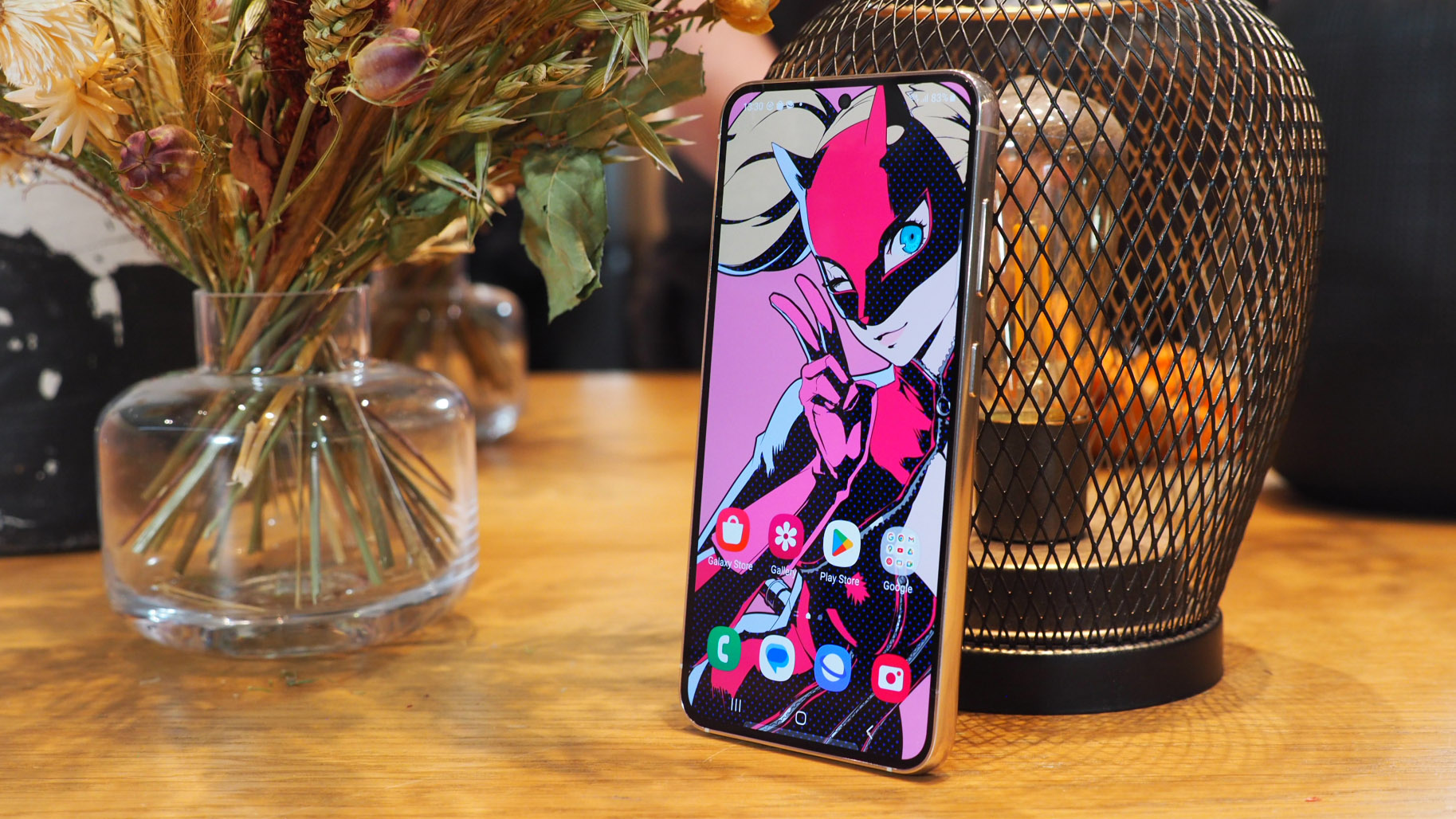
Conclusion
Both the Google Pixel 8 and the Samsung Galaxy S23 are very worthy small smartphones, which one you go for will depend largely on what you’re looking for in your next handset.
If you want something as small as possible, that comes in loads of cool colours, which is also super powerful and has a solid camera system, the Samsung Galaxy S23 is a fantastic choice.
The Google Pixel 8, on the other hand, is slightly bigger and might be a little less suited to gaming, but it offers a lot more in terms of overall features (save for its lack of zoom lens), and it’s a fair amount cheaper too – which could be a deciding factor for many.

Yasmine is the former Reviews Writer for T3, so she's been knee-deep in the latest tech products for reviewing and curating into the best buying guides since she started in 2019. She keeps a finger on the pulse when it comes to the most exciting and innovative tech – and since departing has also held a role as Digital Spy's Tech Editor. In her free time, you'll catch her travelling the globe – the perks of being a freelance tech expert – tending to her plants when at home and, but of course, planning her next big trip.
-
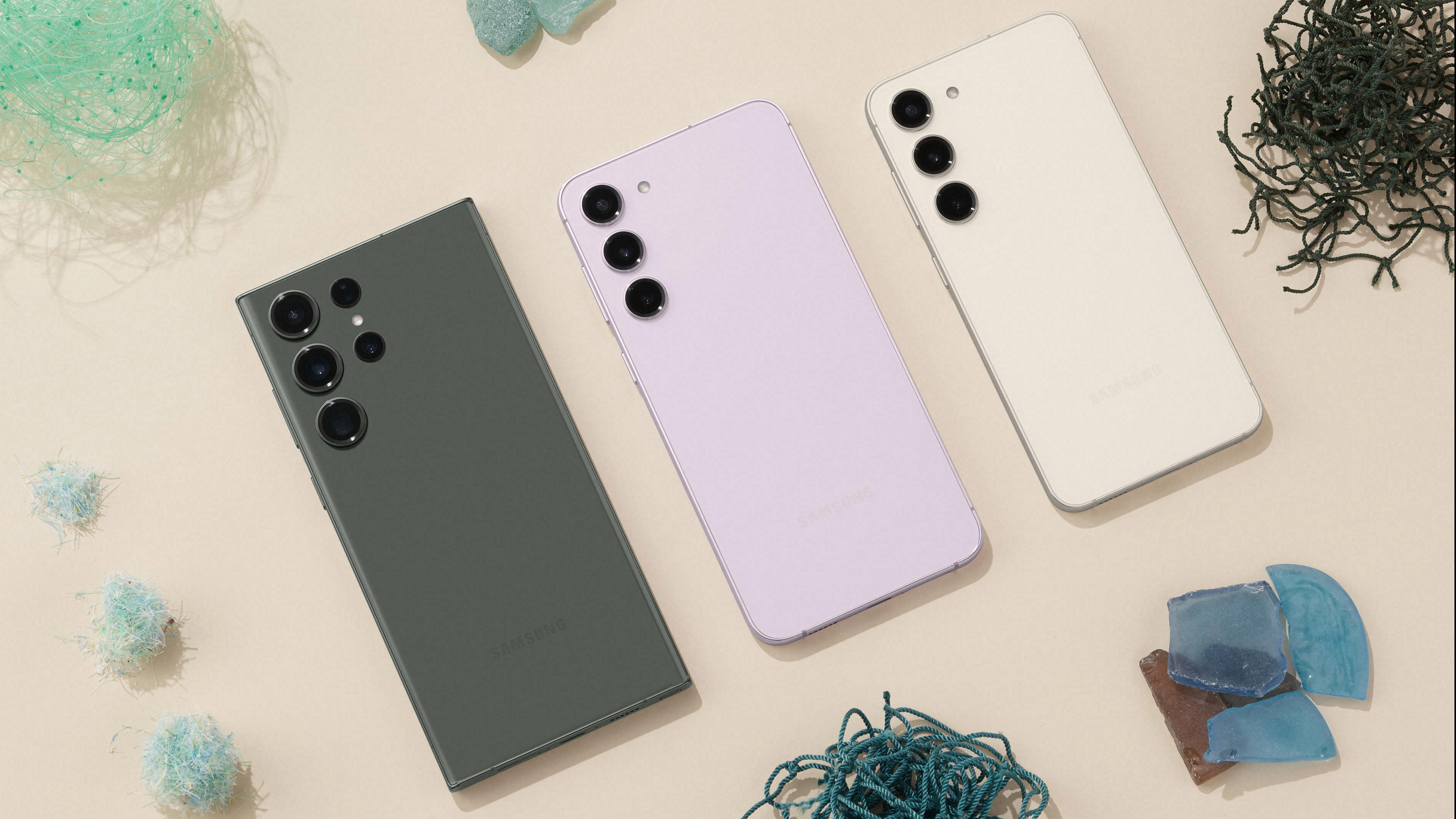 Samsung Galaxy Dolby Atmos upgrade actually makes things worse
Samsung Galaxy Dolby Atmos upgrade actually makes things worseIt’s an update you might not actually want
By Chris Hall
-
 Older Samsung Galaxy users just snagged a must-have free software upgrade
Older Samsung Galaxy users just snagged a must-have free software upgradeYou'll want to download this ASAP
By Sam Cross
-
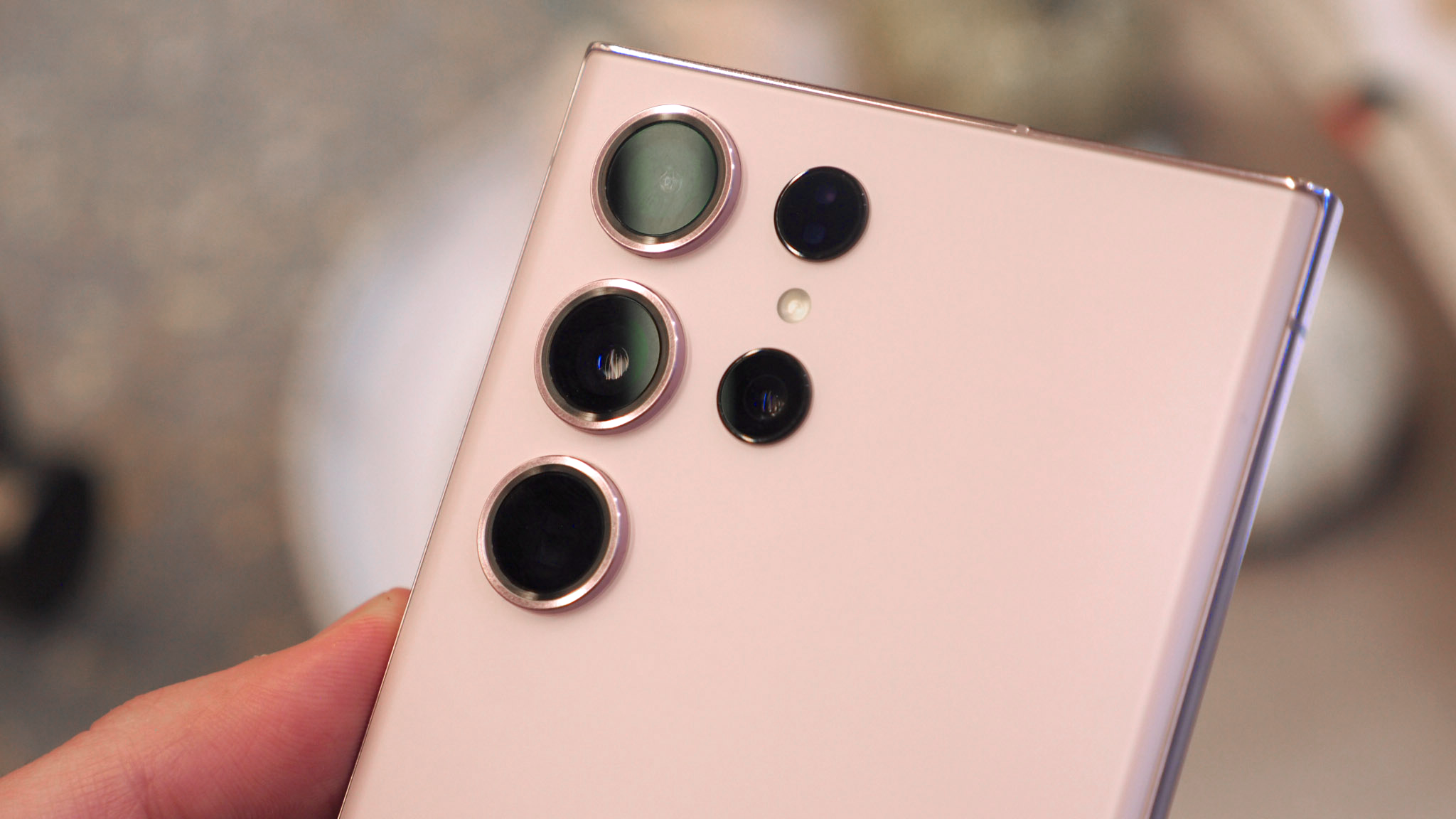 Older Samsung Galaxy users just got a magnificent free camera upgrade
Older Samsung Galaxy users just got a magnificent free camera upgradeThis change could turn your Android phone into a professional mirrorless camera
By Sam Cross
-
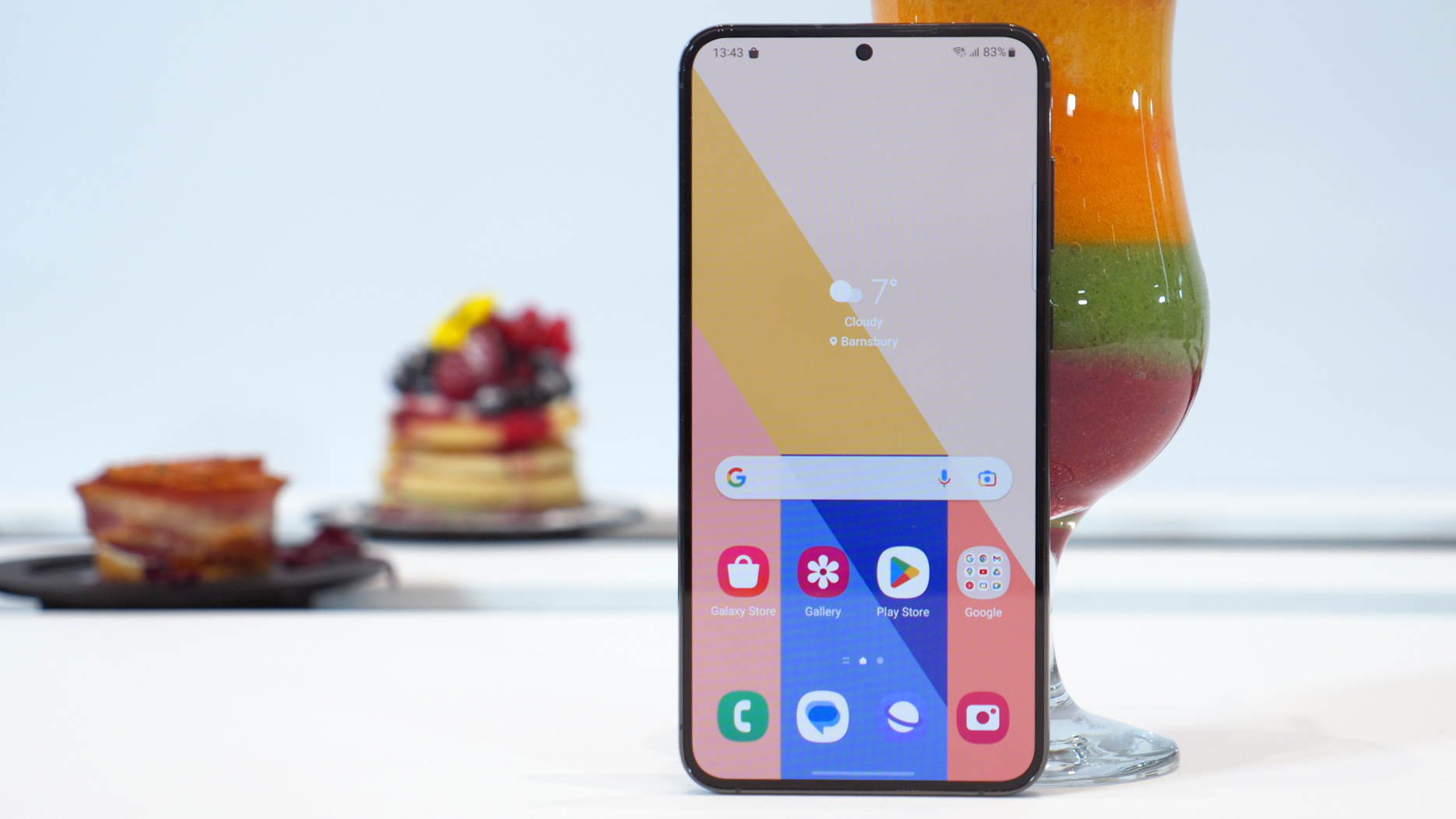 The latest Samsung Galaxy S23 update could be harmful to your phone
The latest Samsung Galaxy S23 update could be harmful to your phoneThe One UI 6 update brings a load of new features, but also allegedly removes one that's critical
By Rik Henderson
-
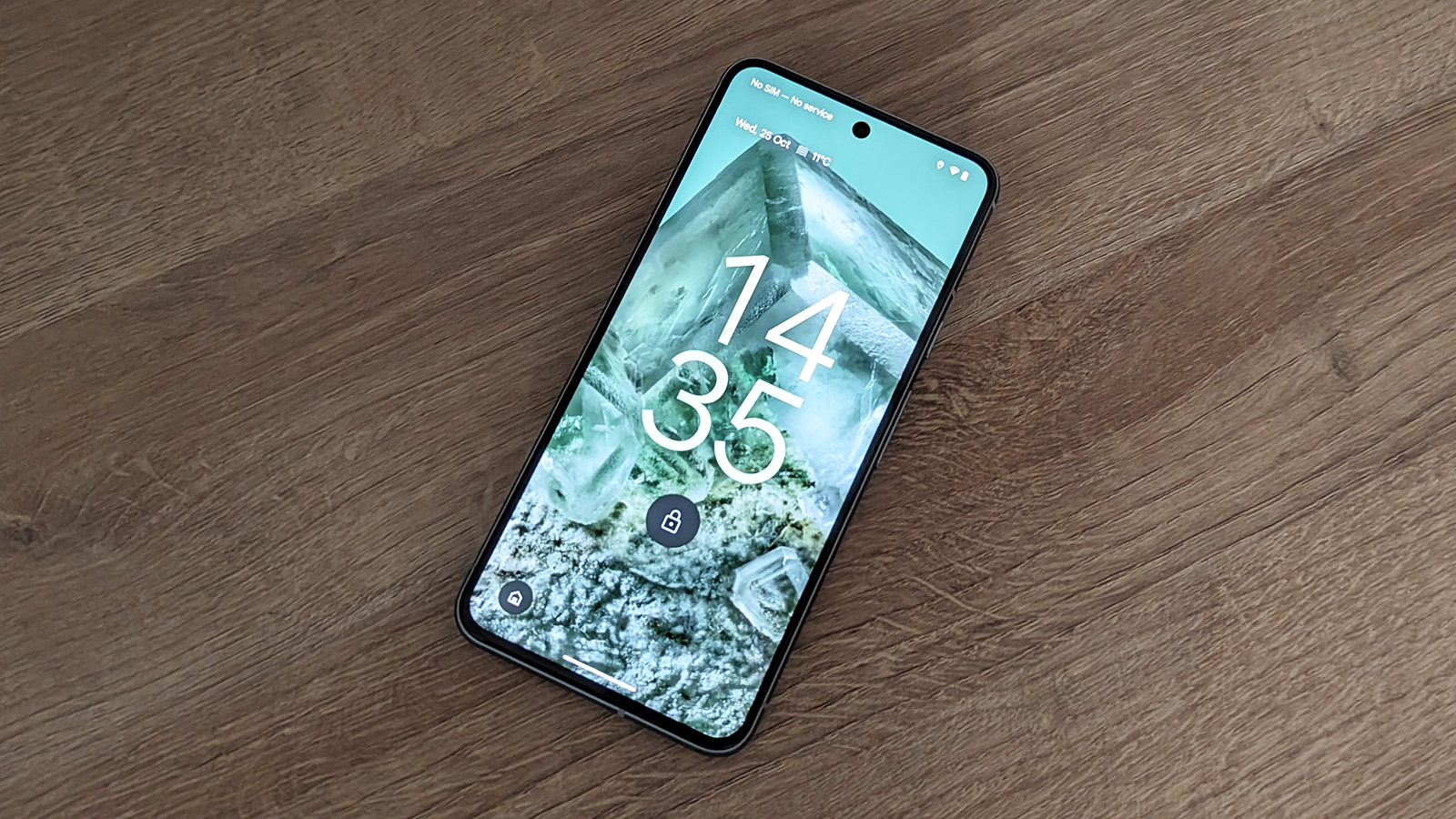 Google Pixel 8 review: getting closer to the ultimate Pixel
Google Pixel 8 review: getting closer to the ultimate PixelGoogle's Pixel 8 isn't a huge leap over the Pixel 7, but there's still a lot to like – as detailed in our review
By David Nield
-
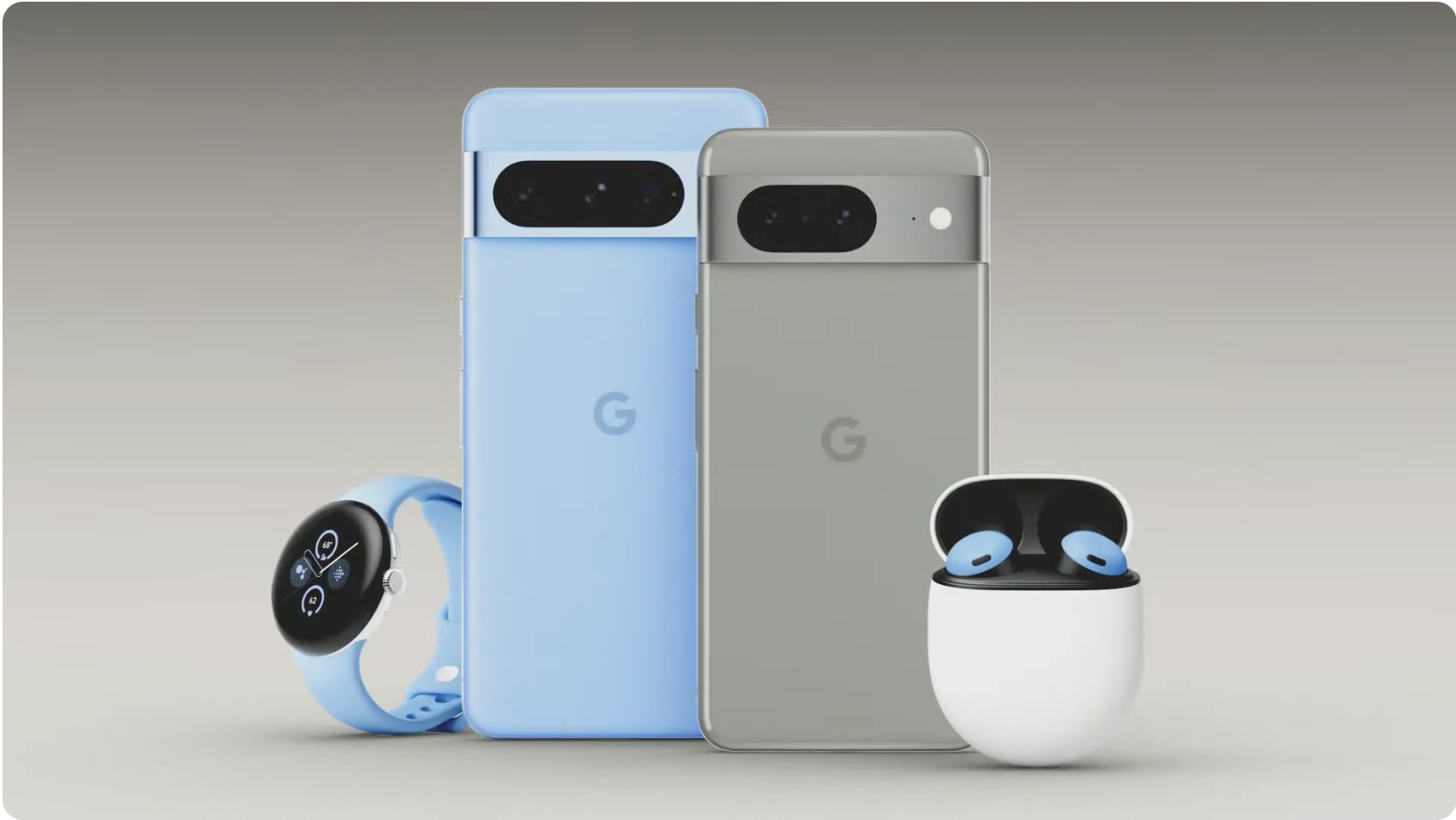 The Google Pixel 8 could have mind-blowing battery life
The Google Pixel 8 could have mind-blowing battery lifeThe Google Pixel 8 and Google Pixel 8 Pro have just been announced and the battery performance sounds incredible
By Andy Sansom
-
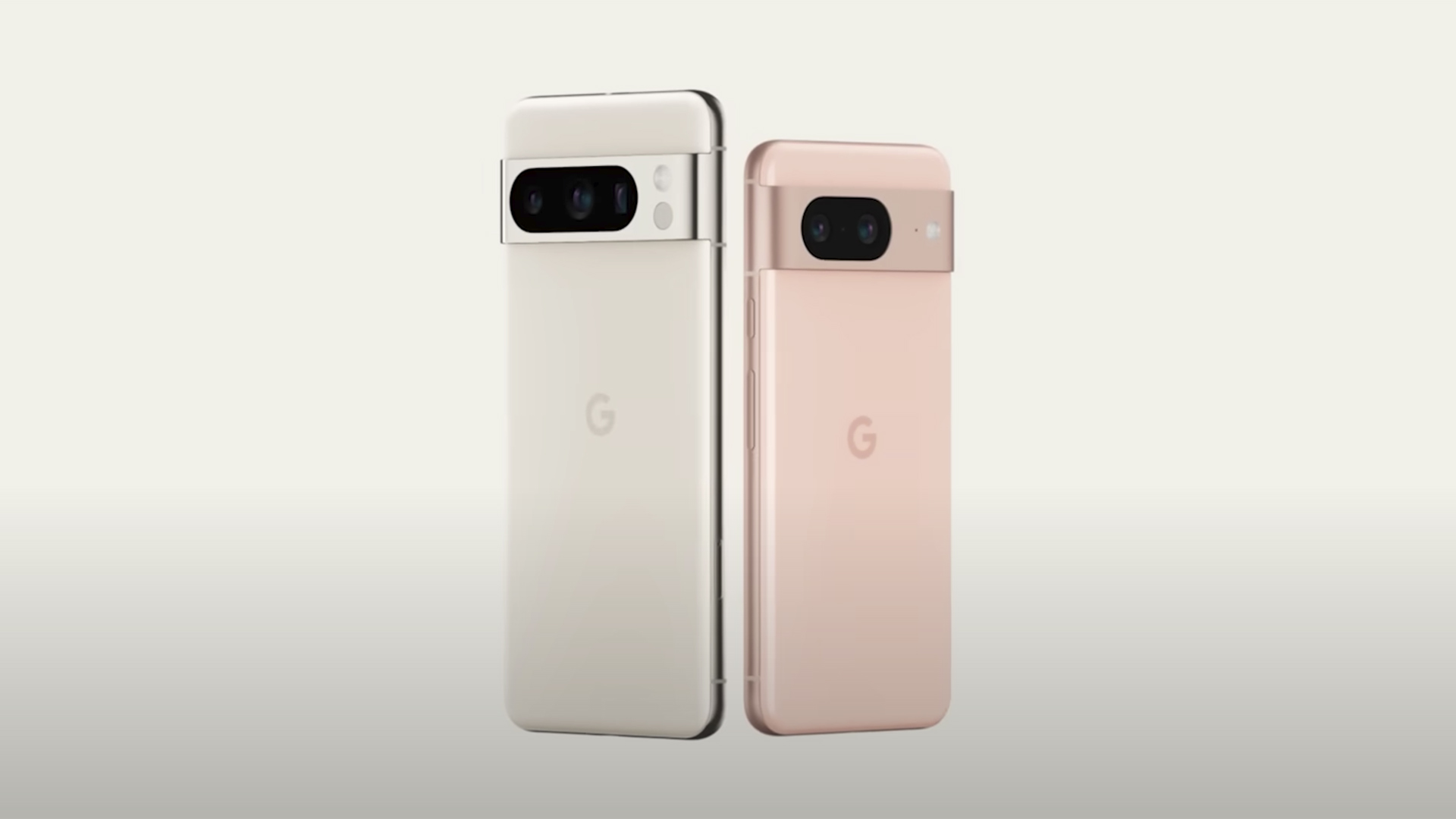 Google Pixel 8 could be a battery-life beast
Google Pixel 8 could be a battery-life beastA phone to last for ages?
By Andy Sansom
-
 Massive Google Pixel 8 and 8 Pro leaks reveal specs, price and everything else you need to know
Massive Google Pixel 8 and 8 Pro leaks reveal specs, price and everything else you need to knowUS and UK Pixel 8 pricing leaked along with specifications for both handsets and camera details
By Rik Henderson

